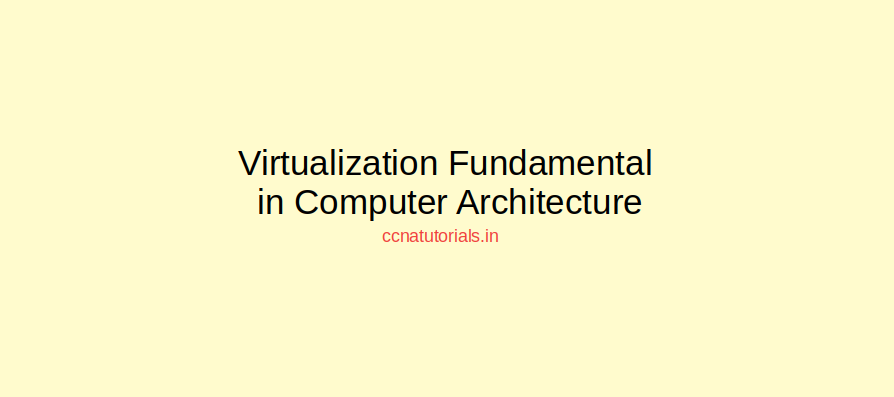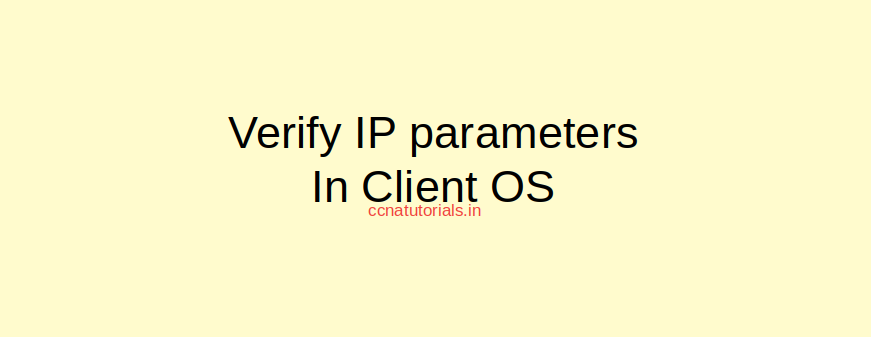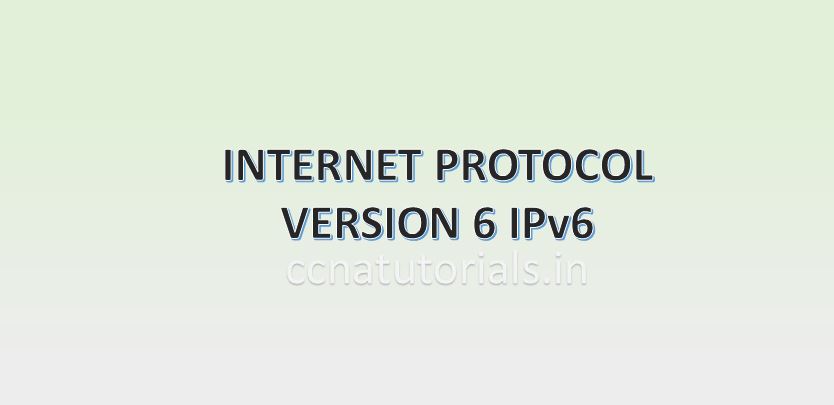Contents of this article
In this article I describe the Next Generation Firewalls and IPS. IPS is acronym of Intrusion Prevention System. Next Generation Firewall consist both IDS and IPS inbuilt along with the features of basic firewall. Firstly we should aware about firewalls.
The concern of next generation firewalls and IPS is related to the equipment used in a network. The next generation firewalls and IPS and router provides the data transfer between different nodes of the network. It became helpful to appear in CCNA exam after understanding the networking devices for CCNA. Network devices are the equipment’s which helps to flow the data between nodes like switch, hub, router, wireless router , next generation firewalls and IPS etc.
The main purpose of networking is to share the resources available in the network. For example suppose you have a small network consisting 20 computers for office work. You don’t need to purchase a separate printer for each computer. You can use a single printer for all the devices connected with the network. Similarly you can use a single scanner and other devices with sharing with all computers of the network. To understand IOT it is necessary to understand the networking devices for CCNA
The next generation firewalls and IPS filter the data incoming and outgoing through them. Router works like a gateway for a network. When the destination of a data packet is beyond the LAN, the packet forwarded to the gateway router. The router receive the data packet and forward to another network according to the network address information on the packet. The whole process done by using the routing table and routing policy of the router. In below section of this article check out some basics of next generation firewalls and IPS.

Firewalls are main devices used for network security in any networks. Firewall works like a barrier between own network and internet or WAN. Firewall placed at the end of the network so all data packets can check for security. The Firewall provides the facility to drop or allow the data packets. Firewall may be any hardware or software or both. Generally, three tasks done by any firewall accept, reject and drop. Term accept belongs to allow the traffic. The term reject belongs to block the traffic with reply “host is unreachable”. The term Drop means block the traffic with no reply.
Requirement of firewall in network security
Routers provides a facility to check the incoming and outgoing traffic by using ACLs. Before firewalls routers perform the security tasks. The ACLs check the IP address of a packet to allow or deny pass through it. ACLs are IP address specific. Firewall check the type of data packet by tag of port number on packet. ACLs do not perform the packet filter on service basis or port basis. To overcome this problem firewall came into picture and firewall introduced.
Working of firewall in network security
Firewall works on some pre-set rules defined by network administrator. Each incoming and outgoing data packet examine according to the predefined rules. After checking the data packet firewall decide to allow, reject or deny the packet. We know that the data traffic may be incoming or outgoing in network. The rules can be set accordingly on incoming and outgoing traffic. By default, all data packets deny by the firewall. Network administrator required to define which kind of data packets allowed in network. A firewall itself not capable to take decision on incoming and outgoing traffic through it. It follows some programmed rules created by network administrator. If incoming packets, follow the predefined rules than allow to enter in the network. Data packets also reject and deny according to predefined rule.
Process of Packet filtering by firewall in network security
Data packets contain the source and destination address. This IP address based filtering can be done by ACLs in router. Firewall do something different with data packets. Data packets contains the port number related to service. These port numbers checked by the firewall to take decision on data packets. For example, if a firewall defined a rule to access the web services at port 80 only, then firewall deny all packets except the http service packets. Data packet filtering done on network layer.

Next Generation Firewalls do multiple task concurrently
The normal Firewall do some basic functions like packet filtering, NAT, PAT etc. These are functionality are belongs upto transport layer only. So we can say the traditional firewalls can not works on the application layer and presentation layer. So the network security can be compromised at these layers of OSI layer model. The Next generation firewall have additional features of IDS and IPS along with the traditional features. The next generation firewall can detect the threats on the basis of data behaviour. IDS and IPS are separate devices from the traditional firewalls. These additional features of next generation firewalls provide an extra layer of security. IDS and IPS features allow to inspect the data packets in deep and improve the network security.
Next Generation Firewalls and IPS function on application layer
Normal firewall can block the traffic towards a particular port. Application level filtering is not possible by traditional firewalls. Next generation firewalls can do the filtering upto application layer activities. For example next generation firewall can allow to access a website but can block some features of the website like chatting.
No need of additional devices with Next Generation Firewalls
A network required many security devices along with traditional firewall to keep secure the network. A traditional firewall need a thousands of rule to configure for perfect secure network. Next Generation Firewalls consist the advance security features like antivirus, spam filtering and application control etc. so there is no extra device required along with next generation firewalls for such activities.
Next Generation Firewalls able to detect the threats
The normal firewalls cannot detect the threats from incoming traffic. The Next generation firewall can detect the threats and do action what administrator assigned to do. This feature is because of inbuilt antivirus and malware protection. The antivirus take updates automatically and remain update to detect the latest threats in incoming traffic. The treats can compromise with confidential data, personal data etc. So when the traffic passes through the next generation firewall they scan the incoming packets and inspect for any known threats. Network administrator also set the rules for unknown threats like drop the packets.
User control on Next Generation Firewalls and IPS
The basic functionality of a firewall is to allow or deny the packet. There are many other features added in next generation firewalls such as Microsoft Active Directory, Identity base policy etc. these additional features allow the user to define the data source. So a user can create a policy on the basis of these additional features.
The Importance of Next Generation Firewalls
For any network security is a most important concern. The digital data is the key of any organisation. So use of firewall to keep secure the network from unknown threats is very important. The threats are changing day by day due to upgradation of technology. So we need a security which can update with the technology time to time. Traditional firewalls do not have such feature. Next Generation Firewall have some built in features like antivirus and malware detection system. These additional feature allow the Next Generation Firewall to keep update time to time. The data and devices can be make secure by installing a next generation firewall instead of traditional firewall.
In this article I describe some basic features of next generation firewall and IPS. I hope you found this article useful. We always happy to listen from our readers. You may drop a comment below or contact us on this topic.







I have gone through with the content that is provided in the article and all things are explained in very simple words. So that anyone can understand easily exactly what next generation firewall is all about.
Great article we really appreciate it.
Really interesting and usefull thank you for this aarticle